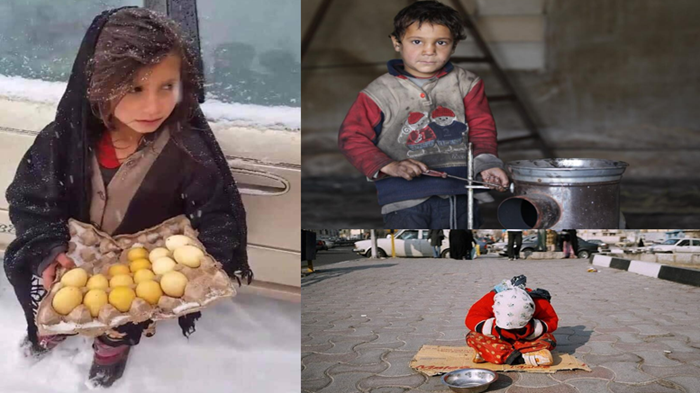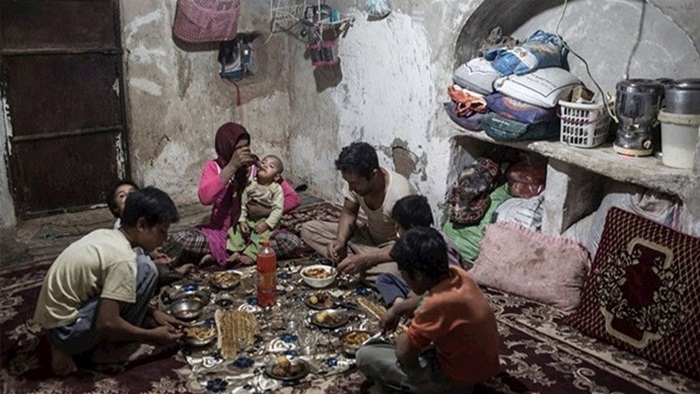

Among these, poverty has emerged as a particularly pressing issue, deeply intertwined with the country’s economic mismanagement and the policies of its ruling clerical regime. This article delves into the complexities of poverty in Iran, highlighting the socio-economic and political dimensions that contribute to this escalating crisis.
Poverty, defined as the lack of sufficient financial resources to meet basic living standards, is a condition affecting millions worldwide. Despite significant progress in reducing poverty in many parts of the world since the Industrial Revolution, it remains a persistent problem. According to the World Bank, around 10% of the global population, or 711 million people, lived in severe poverty in 2021, surviving on less than $1.90 per day.
Poverty encompasses more than just economic deprivation; it also involves social, cultural, and political dimensions, necessitating a comprehensive approach to mitigation and eradication. In Iran, poverty is a symptom of deep-seated issues, including economic mismanagement, corruption, and the actions of the ruling clerics. The aftermath of the 1979 revolution promised justice and equality but resulted in widespread inflation, income inequality, unemployment, and increased poverty levels.
Official reports indicate that 80% of the Iranian population lives below the poverty line, with children in rural areas being particularly affected. The state-affiliated economist, Hossein Raqfar, highlighted the gravity of the situation in an interview with the state-run daily Etemad, stating that “The share of Iranians below the absolute poverty threshold is not below 50%.”
Economic mismanagement is a significant driver of poverty in Iran. The country’s governance model is characterized by corruption, nepotism, human rights violations, and inefficient policies. Iran ranks low on the corruption perception index, and despite its vast oil and natural gas reserves, it has struggled to develop a sustainable and diversified economy. The lack of appropriate economic reforms and inefficient welfare programs further exacerbate the poverty crisis.

Additionally, the clerical regime’s diversion of resources towards military spending and suppression of dissent further detracts from addressing the needs of the impoverished population.
Corruption within the government and state-owned enterprises has led to the misallocation of resources, depriving vulnerable populations of essential services. The lack of transparency and accountability in governance compounds these issues, making it challenging to address poverty effectively.

Only through significant political and economic reforms can Iran hope to alleviate the poverty crisis. This not only benefits the Iranian people but also contributes to regional stability and global security.

MEK Iran (follow us on Twitter and Facebook), Maryam Rajavi’s on her site, Twitter & Facebook, NCRI (Twitter & Facebook), and People’s Mojahedin Organization of Iran – MEK IRAN – YouTu







